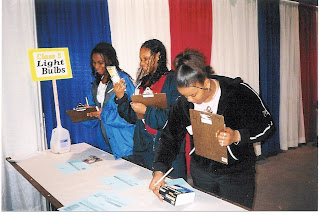This winter has brought us many warmer than average days as well as one night of below freezing temperatures that damaged some kinds of plants. March marks the end of the danger of any plant-damaging cold and many plants will be producing lots of new growth now. Here are some lawn and garden tips for March.
 Aphids- As plants begin to produce new growth over the next several weeks, aphids may become a problem. These sap feeding insects feed on the soft, succulent new growth and are usually found in masses. They are pinhead-sized and may be green, black, orange or other colors depending on the particular species of aphid. If aphids are noticed, look also for predatory insects that may be feeding on them, the most common of which are the lady beetles or “lady bugs.” If these beneficial insects are found, there should be no need to spray for the aphids. If spraying is needed, light horticultural oils and insecticidal soaps are among the least toxic materials.
Aphids- As plants begin to produce new growth over the next several weeks, aphids may become a problem. These sap feeding insects feed on the soft, succulent new growth and are usually found in masses. They are pinhead-sized and may be green, black, orange or other colors depending on the particular species of aphid. If aphids are noticed, look also for predatory insects that may be feeding on them, the most common of which are the lady beetles or “lady bugs.” If these beneficial insects are found, there should be no need to spray for the aphids. If spraying is needed, light horticultural oils and insecticidal soaps are among the least toxic materials.Vegetables- Vegetables gardens need a regular supply of nutrients to produce well. Most commonly this is done by applying granular fertilizers like an 8-8-8 analysis. Usually at least 2 or 3 applications (in addition to the fertilization that is done at planting) will be needed during the growing season. For more information see the Florida Vegetable Gardening Guide here: http://edis.ifas.ufl.edu/VH021
Bananas- Bananas should be fertilized about every other month with a fertilizer that contains twice as much potassium (the third number in the fertilizer analysis) as it does nitrogen (the first number). Bananas are heavy feeders in general and usually should be fertilized every other month. Many banana plants in the area suffered damage in the early January cold wave and adequate fertilizer will supply nutrients that are needed to produce new growth and eventually fruit. More information on growing bananas can be found here: http://edis.ifas.ufl.edu/MG040
Lawn Fertilization- The ideal time to make the first application of fertilizer on lawns is about 2 weeks after the lawn begins to show signs of fast growth after the slow growth of the winter. The grass roots are then ready to efficiently pick up the fertilizer. A 15-0-15 or 15-2-15 is suggested. At least some of the nitrogen in the fertilizer should be in a slow release (water insoluble) form. This information will be shown on the fertilizer bag.
Azaleas- Azaleas can be pruned, if needed, once flowering has finished. If the mulch around them has mostly rotted away, apply more so that the mulch is about 2 to 3 inches thick. Although there are exceptions, azaleas as a group are not the most drought tolerant plants and mulching will help to hold moisture in the soil.
Palms- One of the most important parts of the care needed to keep palms healthy and attractive is proper fertilization. Research done by the University of Florida has established that an 8-2-12-4 analysis fertilizer is best for palms. The nitrogen, potassium and magnesium should be in a controlled release form. It should also contain the micronutrients iron (about 1.5-2%, 0.1-0.2% if in the chelated form), manganese (about 1.5-2%) and trace amounts of zinc, copper and boron. Some nurseries and other outlets in the area are carrying this fertilizer. The fertilizer should be broadcast evenly throughout the area under the canopy of the palm. Applying the fertilizer in this way is much more effective than using fertilizer spikes or punching holes in which to apply the fertilizer. If there is turf within 50 feet of palms it should be fertilized with the same palm fertilizer, not a high nitrogen turf fertilizer. High nitrogen, low potassium fertilizers can induce severe and sometimes fatal potassium and magnesium deficiencies if they are applied anywhere near palms.
More information on fertilization of palms can be found here: http://edis.ifas.ufl.edu/EP261
More information on nutrient deficiencies of palms can be found here: http://pinellas.ifas.ufl.edu/home_garden/pdf/ENH1018.pdf


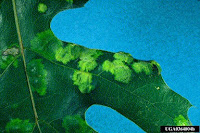
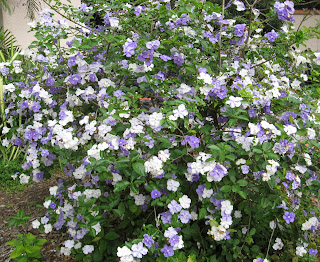
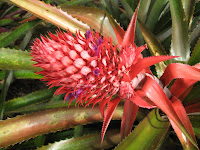
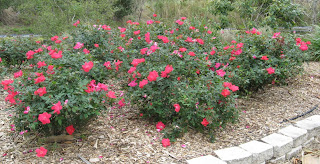 The large beds of “Knock-out®”
The large beds of “Knock-out®” 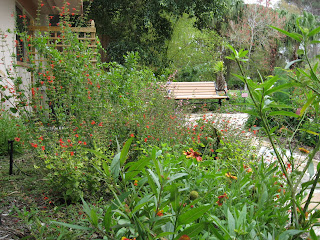
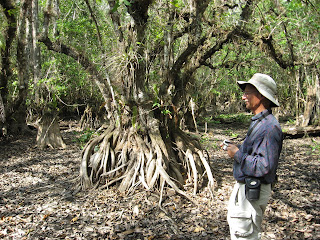




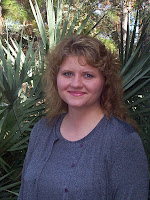
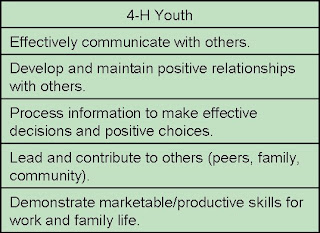
 By Pam Brown,
By Pam Brown, 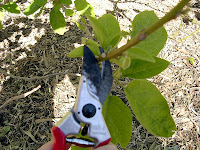
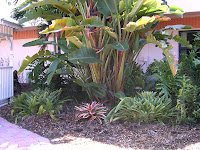

 Water lilies
Water lilies

